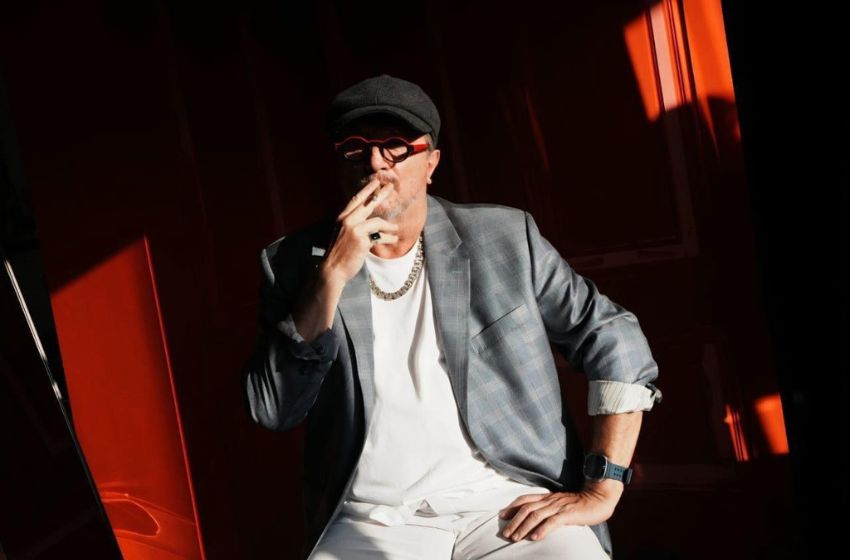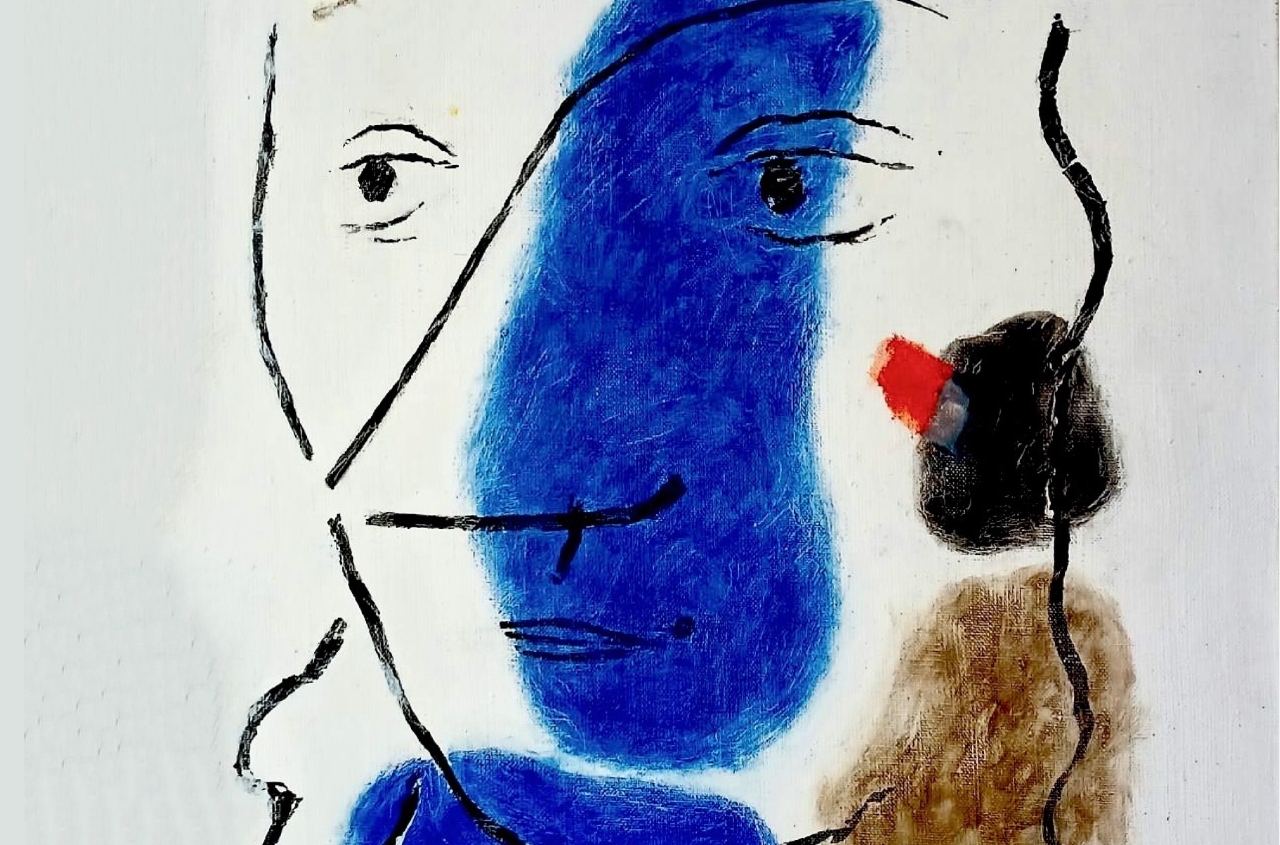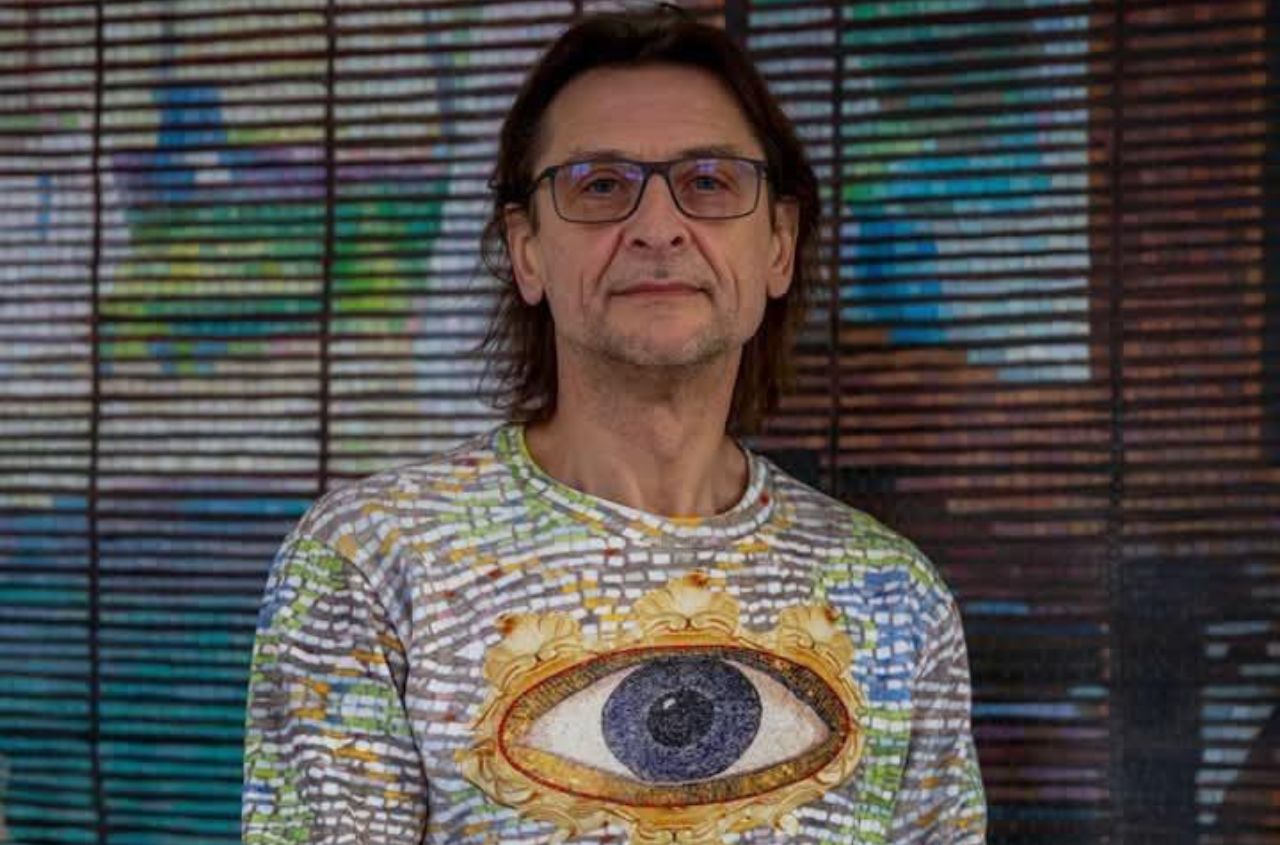The fourth interview through images by Andrey Sheptunov
"The mind seeks form.
The soul finds meaning.
And only together do they write the book of life."
With these words begins Artistic Programming—a remarkable work that stands at the crossroads of philosophy, art, and psychology. Its author, Vladimir Mukhin, is both a physician and an artist who has spent years searching for a way to help people not only heal their bodies but also rediscover meaning, inner strength, and joy in life itself. In this article, we invite you to explore his philosophy and his art. The text is based on Vladimir’s book and illustrated with his paintings.
In today’s era of instability and uncertainty, the book feels strikingly relevant. It does not offer a set of banal tips, but rather a new philosophy: creative resilience. As Mukhin explains,
“Resilience is not a shield that protects us from life’s blows. It is a creative engine that transforms their energy into a new, more desirable reality.”
A Flame in the Darkness: The Birth of a Life Metaphor
One of the book’s most powerful metaphors comes from Vladimir’s youth. At sixteen, he became lost in the labyrinthine catacombs of Odesa. His only possession was a candle, and it was its flame that eventually led him out.
"I noticed the tiny flame leaning almost imperceptibly in one direction. It was the current of air — a sign of the exit. That’s when I understood: to find your way through chaos, you must trust not logic, but feeling. You must follow the flame of your intention."
This episode became his personal archetype—a guiding principle he has returned to time and again. In any crisis, he says, there is always an invisible current that shows the way. The task is to light your “candle of intention” and learn to watch.
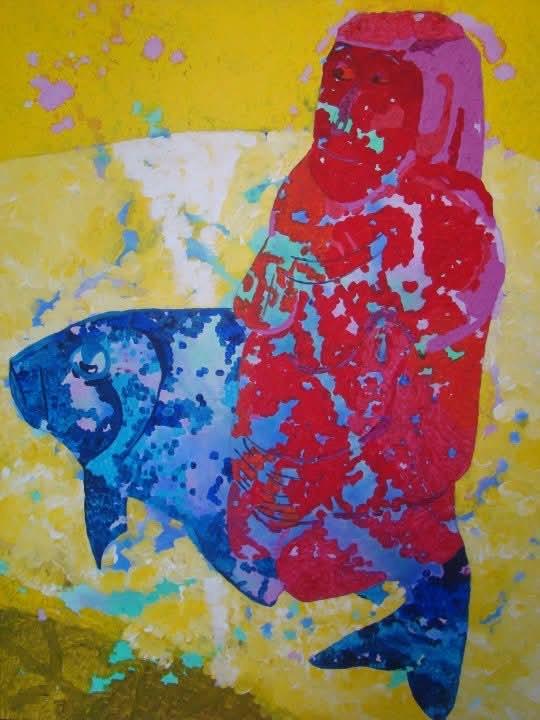
Model, canvas/acrylic
Creativeism: A Philosophy of Freedom
Mukhin calls his method Creativeism — a practice of inner rebellion against imposed reality. It draws on the ideas of thinkers such as Carl Gustav Jung, as well as sociologists Peter Berger and Thomas Luckmann. We often build our own “prisons,” he argues, by following society’s rules and the voice of the “inner warden.” But if such a prison can be built, it can also be dismantled.
“A creative act is a form of psychological direct action. We take up the tools—canvas and paint—and create a new reality to transform the old one.”
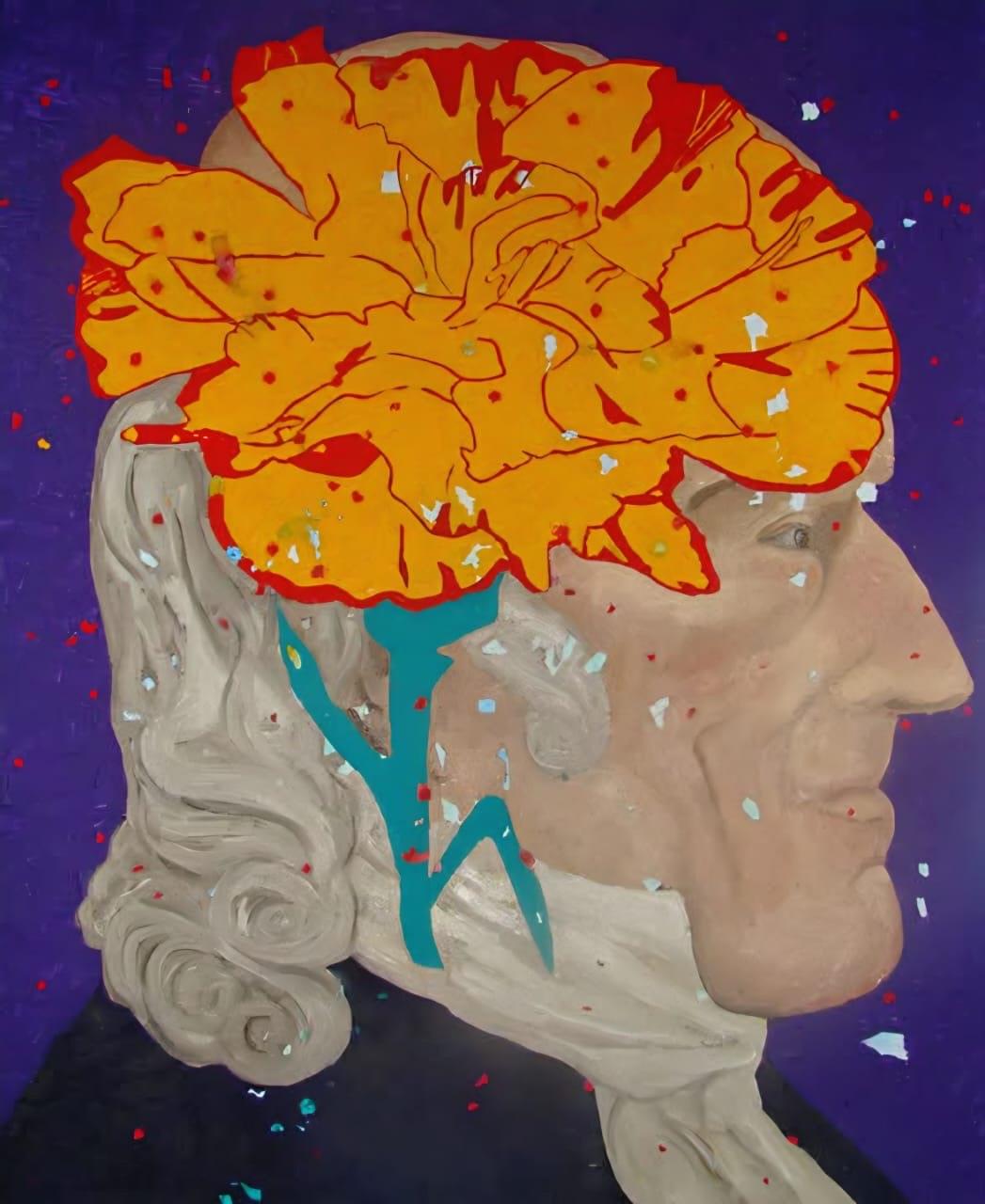 Christian Friedrich Samuel, Hahnemann, canvas/acrylic, oil
Christian Friedrich Samuel, Hahnemann, canvas/acrylic, oil
Seven Steps Toward a New Reality
"We don’t live the life we dream of… We live the life we agreed to. But any agreement can be annulled."
With these words, Mukhin challenges conventional existence. His book is not only a philosophical manifesto but also a practical guide to shaping one’s destiny. At its core lies a seven-step method—a technology of creative resilience.
Creative Resilience: The Power of Creation, Not Survival
Traditionally, resilience is seen as endurance, the ability to withstand blows. Mukhin flips this notion: chaos, crisis, and anxiety are not enemies but raw material for transformation.
“Resilience here is not passive survival—it is active creation. Chaos becomes the material for an alchemical process of change.”
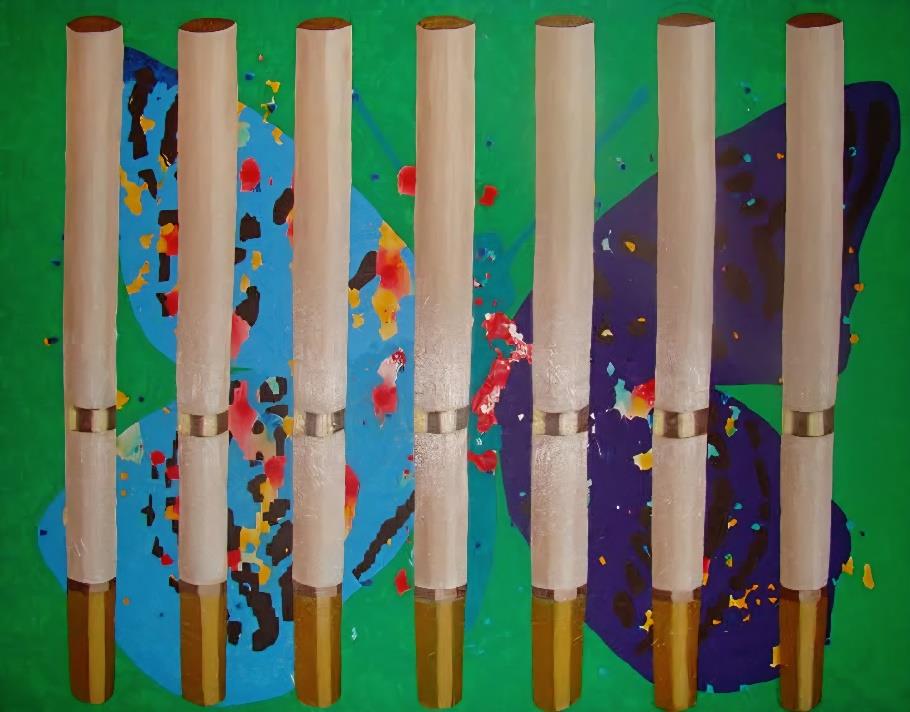 Free Flight, canvas/acrylic
Free Flight, canvas/acrylic
The Seven Steps of Artistic Programming
Mukhin presents his method as a ritual of “breaking the contract with mediocrity” and installing a new operating system for life:
- Preparation. Acknowledging dissatisfaction with life as it is. The key question: “What am I no longer willing to accept?”
- Intention. Defining a guiding purpose—the “candle” that illuminates the path through chaos.
- Induction of Chaos. Letting go of old patterns. Entering the zone of uncertainty, where new possibilities emerge.
- Search for an Image. Using observation, association, and metaphor to discover a new vision of life. For Mukhin, metaphor is not ornament but a “key to transformation.”
- Creation of the Image. Manifesting the vision in tangible form—on canvas, in writing, through any creative act. “This is the constitution of your new life, written in paint.”
- Anchoring. Integrating the new experience into body and routine through rituals, habits, and daily practices.
- Plan and Action. Turning vision into concrete steps. “Otherwise, it remains a beautiful idea. A plan makes it the operating system of your life.”
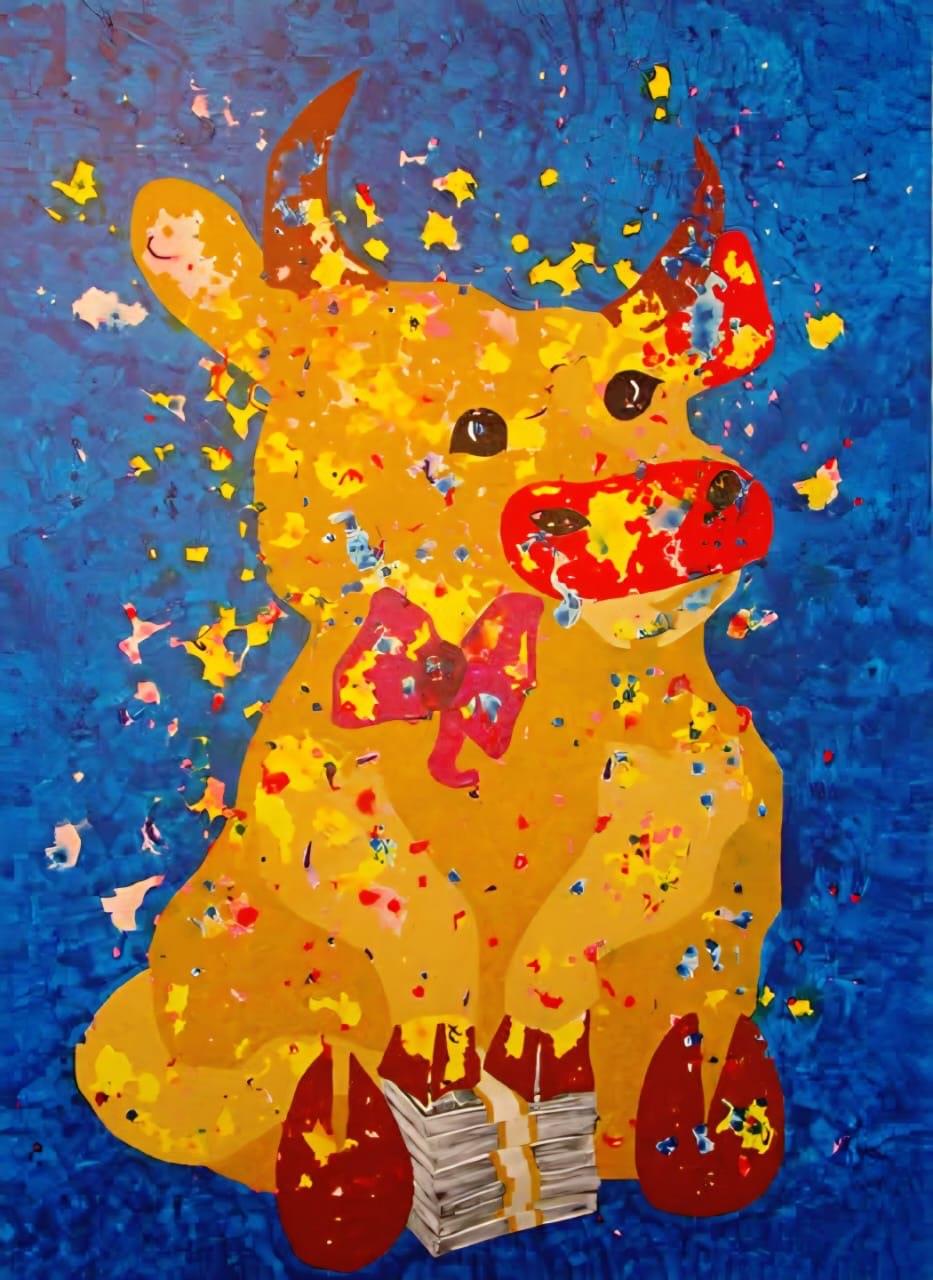 Golden Calf, canvas/acrylic
Golden Calf, canvas/acrylic
Why Does It Work?
The seven steps mirror Joseph Campbell’s Hero’s Journey: from the call to change to returning with the “elixir.” They also resonate with neuroscience: intention activates
the executive network; chaos engages the unconscious; metaphor forges new neural connections; and repetition turns change into habit.
For Mukhin, this is not theory but lived practice—tested in work with patients and in his own art.
“Every day we create ourselves, using our gifts and talents. We are the authors of our lives, and it is up to us whether we will be happy or not.”
The seven-step method of Artistic Programming is, in essence, an instruction manual for painting one’s own life. It is no coincidence that Mukhin turns to artistic imagery—canvas, brushstrokes, light—for life itself can be lived as a work of art, if only we dare to take up the brush.
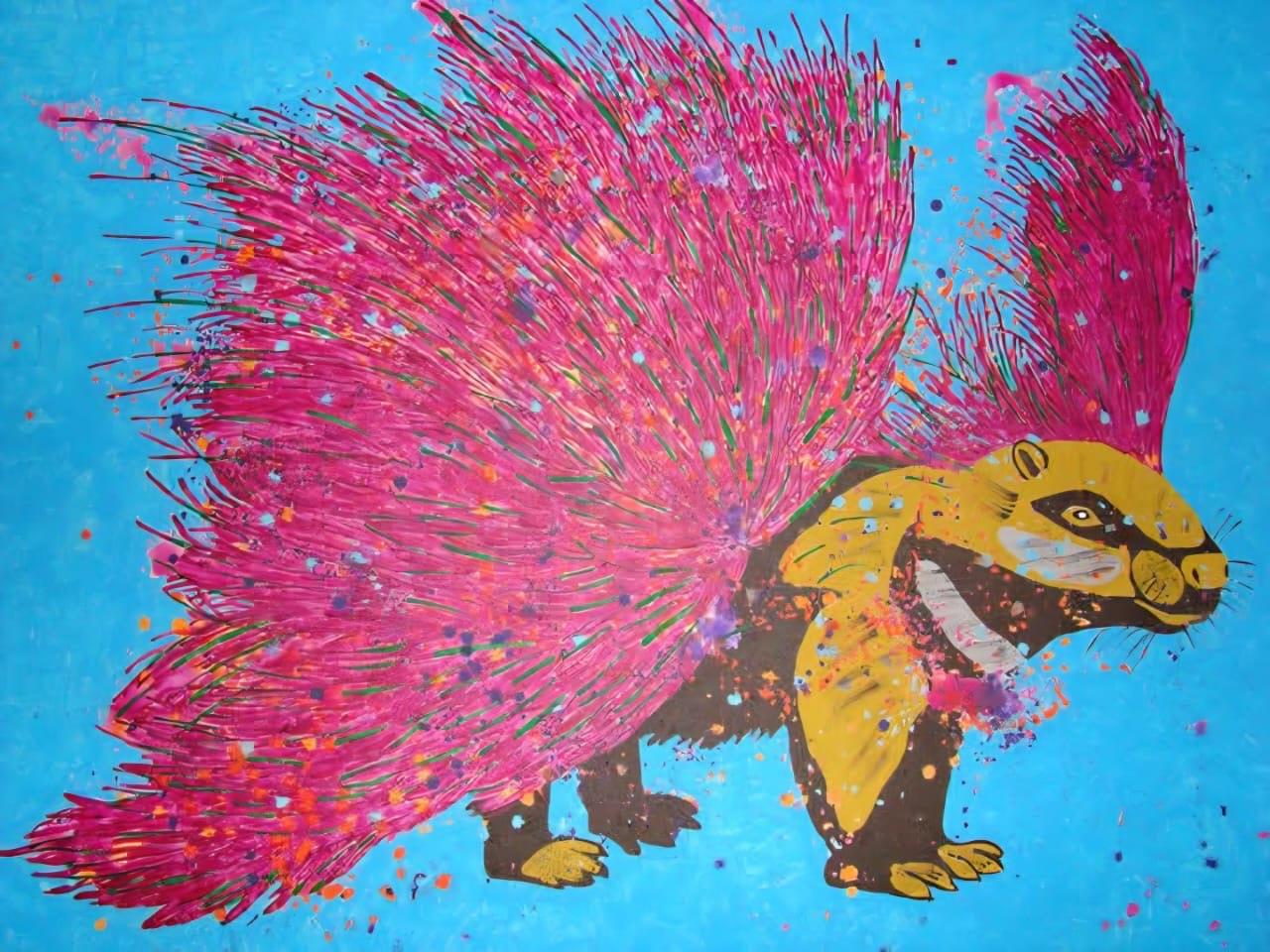 Free prisoner, canvas/acrylic
Free prisoner, canvas/acrylic
Conclusion: Life as a Work of Art
Artistic Programming is neither a painting manual nor a standard self-help book. It is an attempt to merge medicine, art, and philosophy into a system that enables not just survival but the creation of reality.
Mukhin believes that every person has both a gift and a wound—and it is in their encounter that the energy for the future is born.
If we are ready to hear the “call to change,” light our candle of intention, and trust the current, then any life can become a work of art.
Today, we introduced you to Vladimir Mukhin — an unusual artist, philosopher, physician, and author. He actively shares his ideas on social media and is currently raising funds to publish his book on the themes explored here. You can also learn more about the artist by reading his CV, which we have attached to the article.
Find him online:
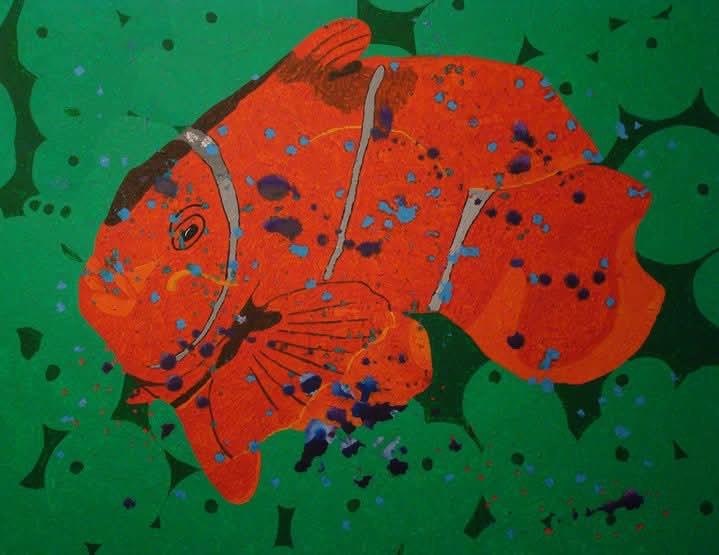 Bipolar Disorder, canvas/acrylic
Bipolar Disorder, canvas/acrylic









